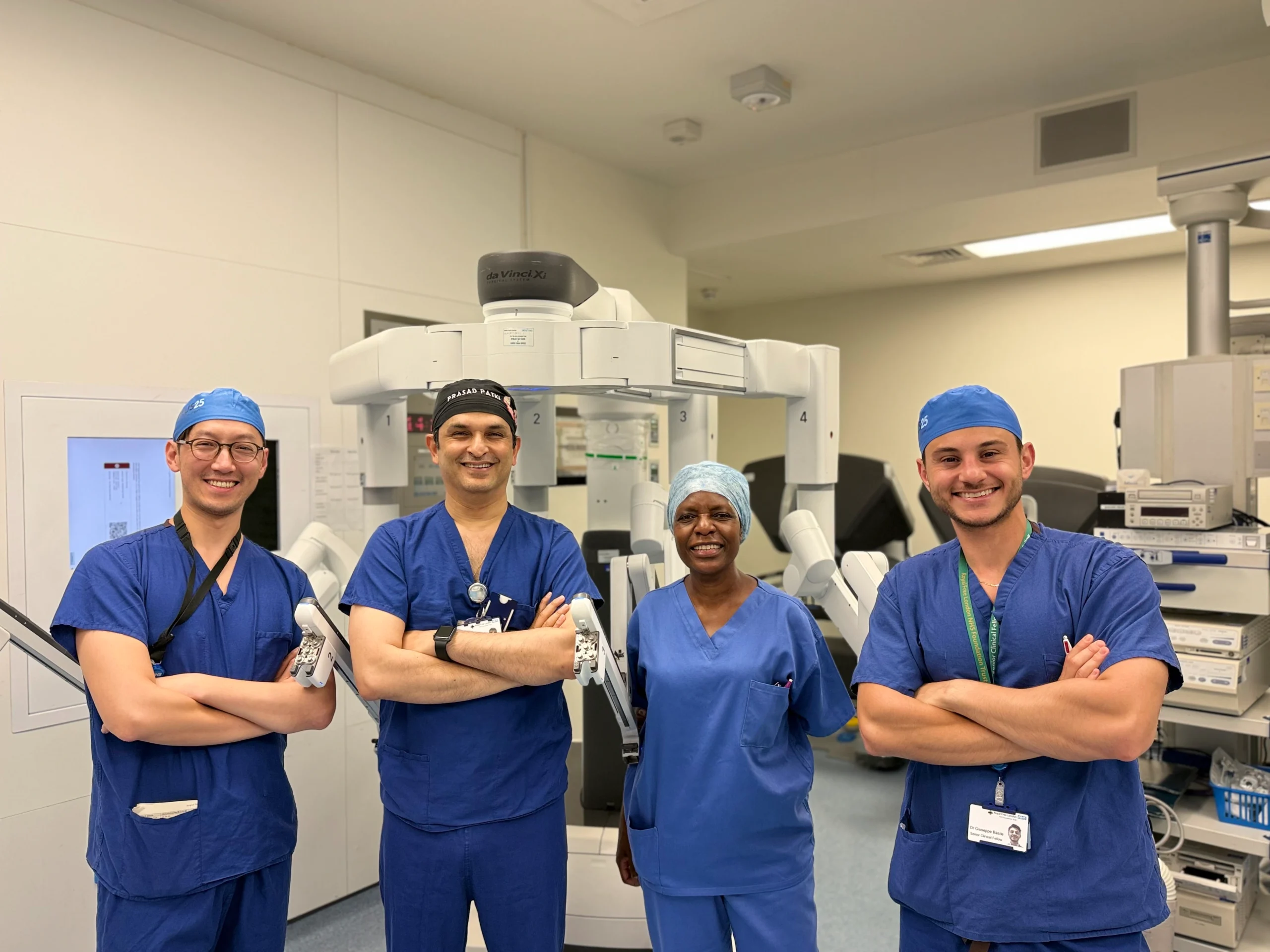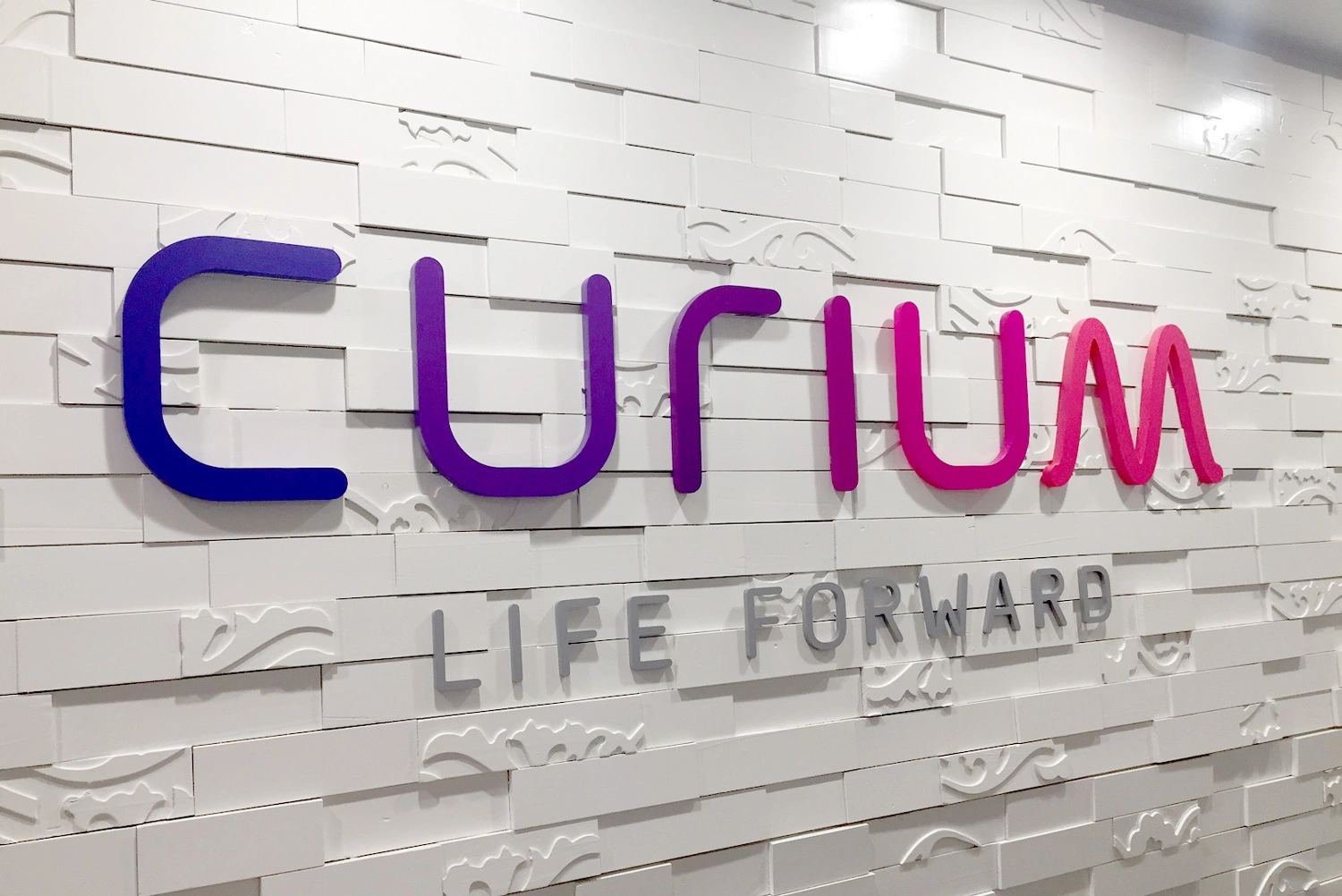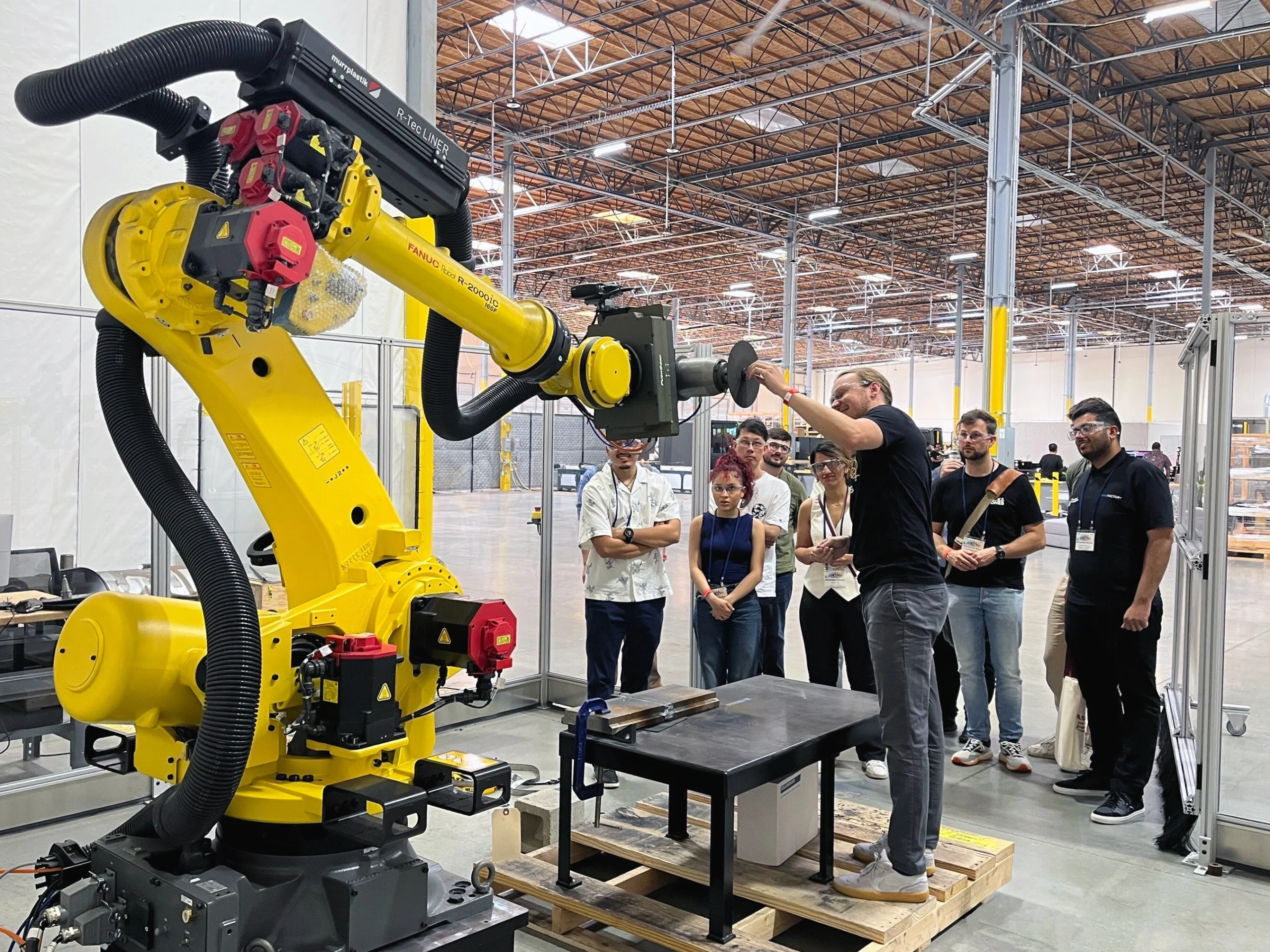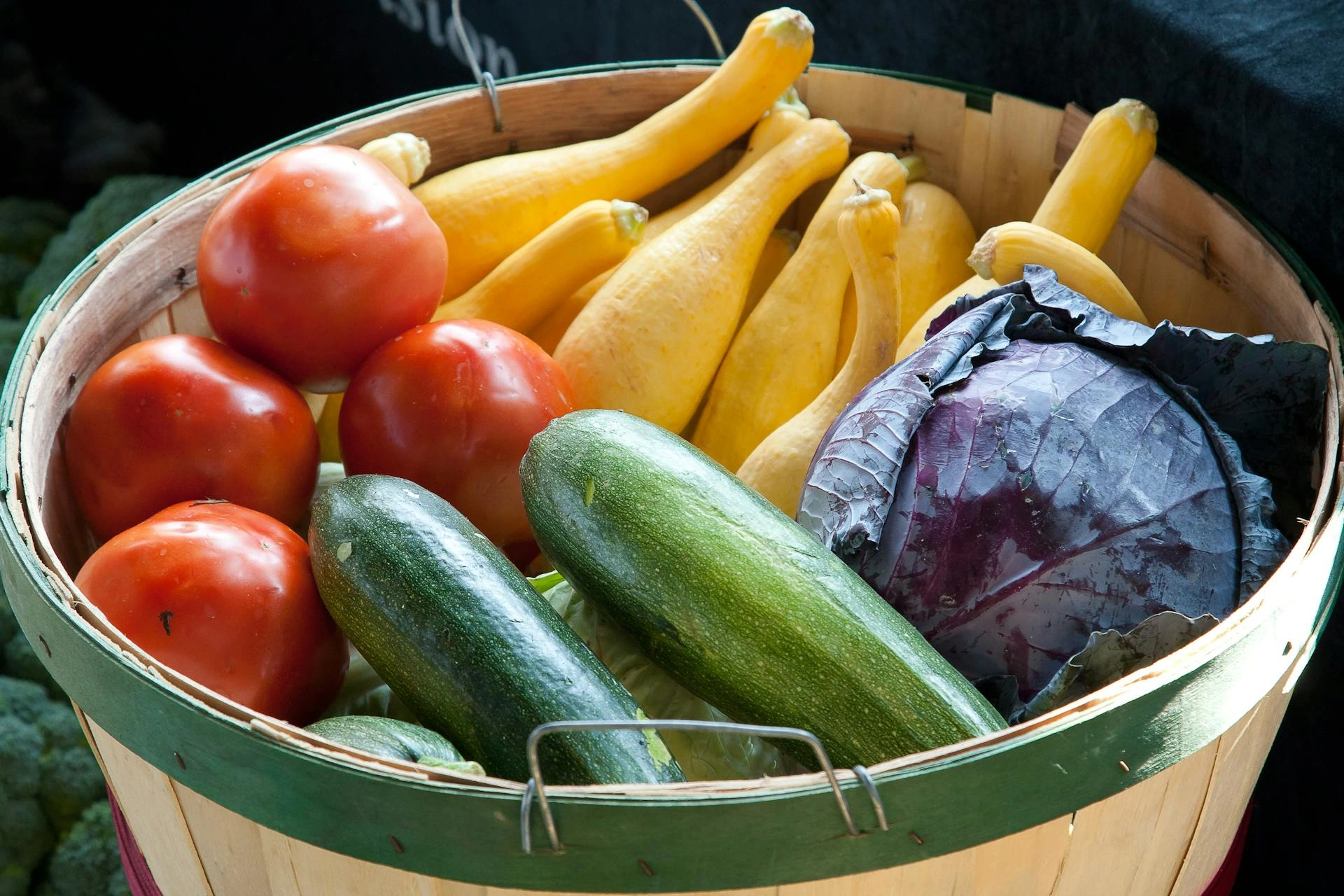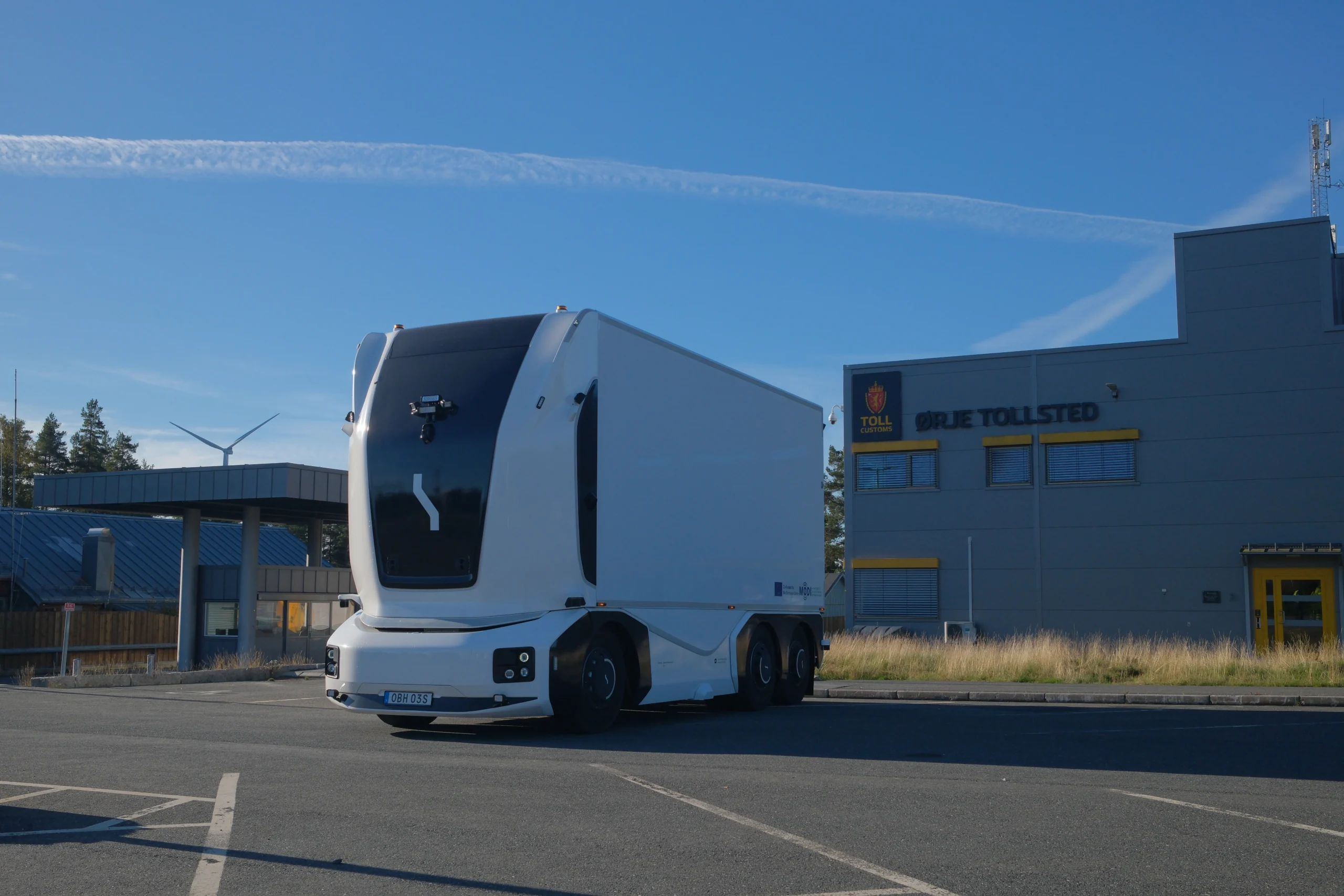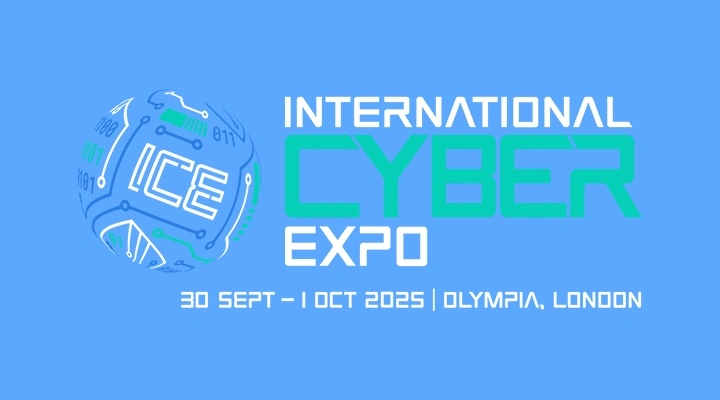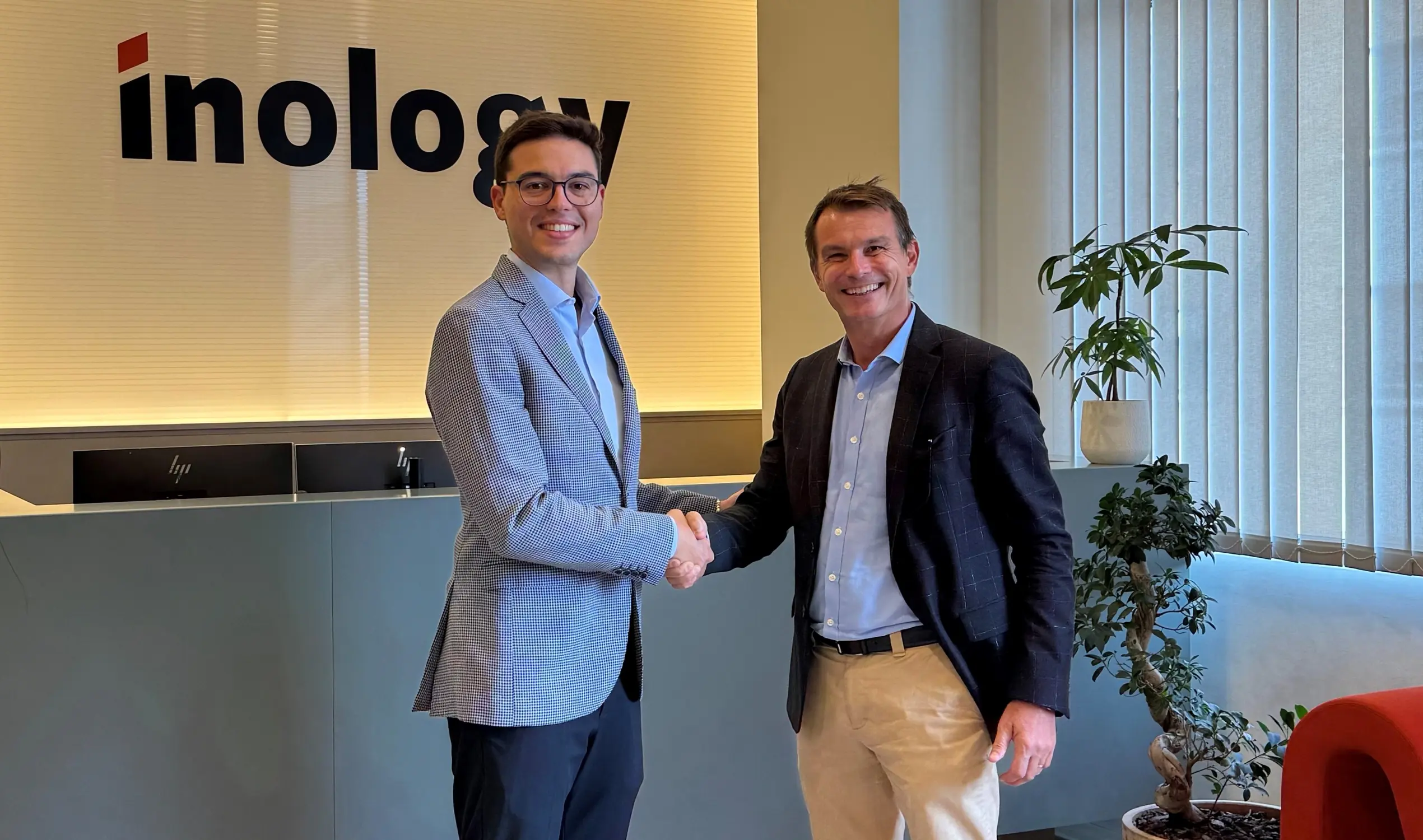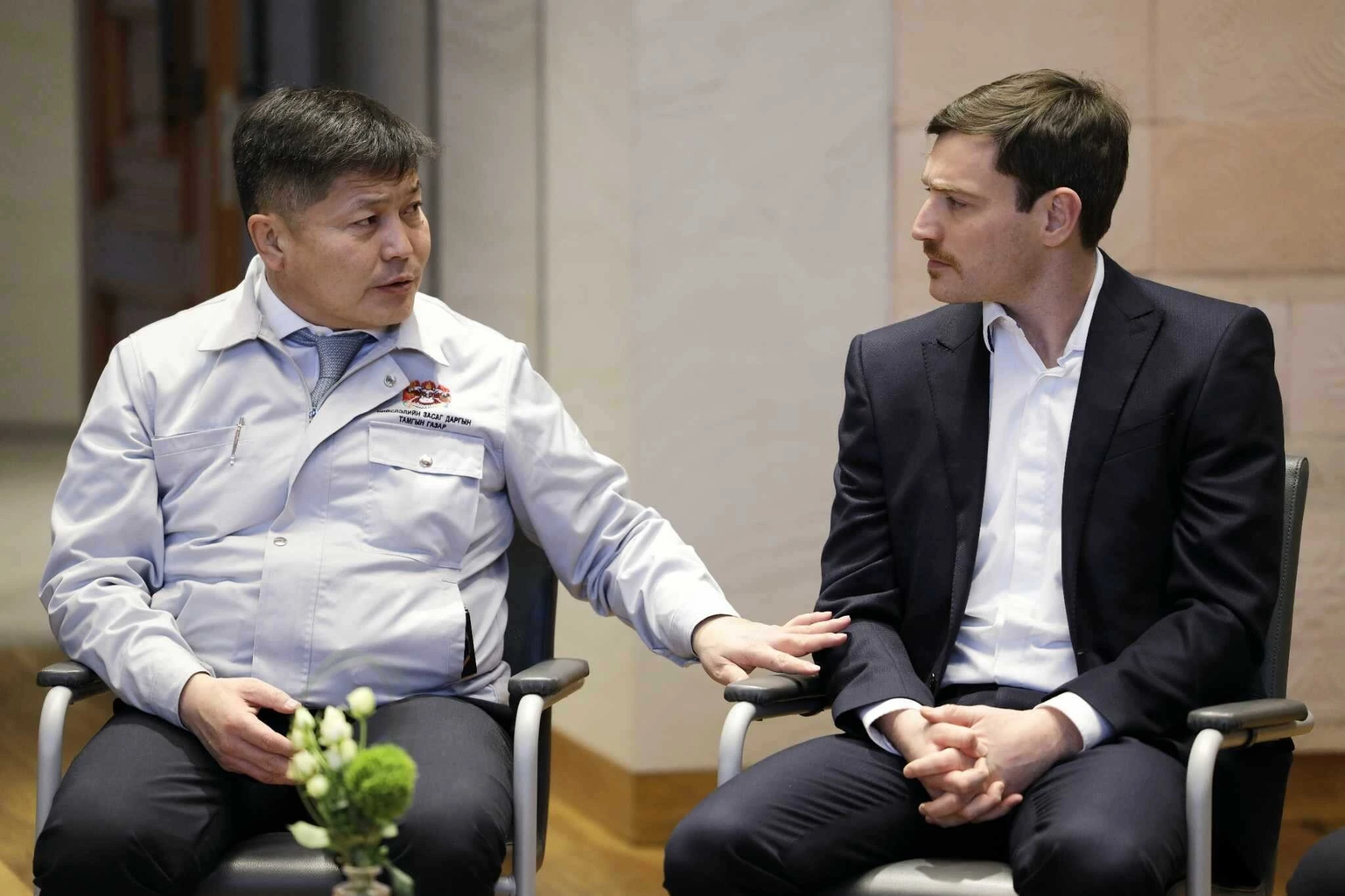Travel through Europe in the palm of your hand

John E. Kaye
- Published
- Home, Technology

The EU-funded Shift2MaaS project overcame barriers & borders for multimodal travel across Europe
Mobility as a Service, or MaaS, is no longer the new kid on the mobility block. With passengers more and more expecting mobility services to be tailored to their lifestyle, with different modes to get to their destination, MaaS has often been dubbed as a main solution for fighting private car use and switching towards a more sustainable means of transport.
However, due to challenges such as public and private mobility integration, data handling and sharing, service interoperability and scalability requirements, specific actions to ensure the successful uptake of these schemes are still needed.
Tailor your journey
Enter Shift2Rail IP4: as part of its Innovation Programme 4, known as IP4, the EU body, the Shift2Rail Joint Undertaking is creating a ‘Travel Companion’ application for the European market that connects rail with all transport modes and allows passengers to buy one ticket for their entire journey, even when using different ways of transport.
“The main objective of IP4 is to create a digital ecosystem that allows seamless multimodal travel across Europe, with railways being considered the backbone”, says Daria Kuzmina, Manager at UITP (the International Association of Public Transport). Kuzmina is involved in many EU-funded rail projects researching and piloting multimodal travel in the EU.
“With the Travel Companion app , Shift2Rail wants to give passengers access to all travel services, from all operators, through one single application. These services are, for example: journey planning, digital ticketing, navigating and trip tracking, location-based points of interest, and customer support.”
Shift2MaaS: from lab to train
Under IP4, different projects are working together to create this EU-wide multimodal travel experience. One of them is Shift2MaaS, launched in December 2018. Kuzmina leads the project, supported by a consortium of 11 partners.
“In a nutshell, the Shift2MaaS project was launched to build a bridge between theory and practice”, Kuzmina explains. “Many Shift2Rail projects have already worked together to create the functionalities of the Travel Companion app, but of course we have to know how the app works in real life. This was the job of Shift2MaaS.”
During its lifetime, Shift2MaaS deployed three demonstration sites in Europe: Portugal (Lisbon), Spain (Madrid & Malaga), and Central-East Corridor (Germany & Czech Republic). During the pilots, passengers tested the app during different journey scenarios.
However, as stressed by Kuzmina, the Travel Companion app is not just for travellers, but also for Transport Service Providers (TSPs). “The main idea is to ease the integration of the different TSPs to one core system. One of the main things developed under IP4 is the so-called Interoperability Framework, which allows data exchange between different actors of the transport ecosystem, enabling interoperability between new and existing systems. This works as an orchestrator for all functionalities that can be provided to the traveller, bringing together all transport modes.” This was tested in Lisbon, where providers tried out so-called ‘Mobility Packages’: MaaS subscriptions that provide, for example, a monthly ticket to all modes of public transport.
For TSPs, an additional feature called ‘Contractual Management Market place’ was tested: a tool aiming to ease the process to set up MaaS agreements among them. This is one of the unique aspects of the app: operators can join the system without any change to their own interfaces, so there is no need to modify their legacy systems, and thus no big investment is required to join the ecosystem.
“This will also benefit the traveller,” Kuzmina continues. “Of course, many operators already have a MaaS application, but they might not offer all the functionalities that IP4 can provide. If we connected these platforms to the IP4 ecosystem, it would be more convenient for users, as additional functionalities and access to the European travel market can be added to existing apps”.
Learning by doing
So, what have the demos taught the Shif2MaaS team, and how will this actually benefit the traveller?
“We are still analysing the final results, but what we already see is that, even though passengers and TSPs are already familiar with MaaS applications, there is a very high interest in the IP4 technologies. Also, we gathered that it’s important to look beyond tools for just planning trips: for example, by providing additional features like location-based experiences and points of interest such as events, or promotions.”
According to Kuzmina, the functionality particularly appreciated by passengers was the cross-border element. “Normally when making a cross border journey, you might worry about using different kinds of platforms to book your ticket, or to check your schedule. When testing the app during a journey between Germany and the Czech Republic, passengers very much appreciated they didn’t need to worry about this. They had everything at hand in one application.”
Additional feedback was also collected: “Some participants said the app should be easier to use, looking at non-tech savvy users. They also stressed the importance of having the app available in all currencies and languages.”
From TSPs side, the main recommendations from demo participants had to do with the legislative and regulative aspects of the app. “We saw a high interest from TSPs too but gathered there is more work to be done to facilitate the removal of barriers and to allow operators to create legally recognised agreements for mobility packages.”
For now, the contracts between different operators at local, national and international levels are quite fragmentated. A platform such as IP4 can facilitate the management of such contracts, enabling MaaS at pan-European scale. “For this, we should further investigate whether collaboration with National Access Points, that take care of data exchange, can help in this mission as well.”
So, what are the next steps? “After final analysis of all results, we will provide a roadmap for IP4, so TSPs can use this to improve their technologies and functionalities and perform further testing with more operators, when possible at a higher technology readiness level.”
Further information
This project has received funding from the Shift2Rail Joint Undertaking under the European Union’s Horizon 2020 research and innovation programme under grant agreement No: 826252.
Sign up to The European Newsletter
RECENT ARTICLES
-
 AI innovation linked to a shrinking share of income for European workers
AI innovation linked to a shrinking share of income for European workers -
 Europe emphasises AI governance as North America moves faster towards autonomy, Digitate research shows
Europe emphasises AI governance as North America moves faster towards autonomy, Digitate research shows -
 Surgeons just changed medicine forever using hotel internet connection
Surgeons just changed medicine forever using hotel internet connection -
 Curium’s expansion into transformative therapy offers fresh hope against cancer
Curium’s expansion into transformative therapy offers fresh hope against cancer -
 What to consider before going all in on AI-driven email security
What to consider before going all in on AI-driven email security -
 GrayMatter Robotics opens 100,000-sq-ft AI robotics innovation centre in California
GrayMatter Robotics opens 100,000-sq-ft AI robotics innovation centre in California -
 The silent deal-killer: why cyber due diligence is non-negotiable in M&As
The silent deal-killer: why cyber due diligence is non-negotiable in M&As -
 South African students develop tech concept to tackle hunger using AI and blockchain
South African students develop tech concept to tackle hunger using AI and blockchain -
 Automation breakthrough reduces ambulance delays and saves NHS £800,000 a year
Automation breakthrough reduces ambulance delays and saves NHS £800,000 a year -
 ISF warns of a ‘corporate model’ of cybercrime as criminals outpace business defences
ISF warns of a ‘corporate model’ of cybercrime as criminals outpace business defences -
 New AI breakthrough promises to end ‘drift’ that costs the world trillions
New AI breakthrough promises to end ‘drift’ that costs the world trillions -
 Watch: driverless electric lorry makes history with world’s first border crossing
Watch: driverless electric lorry makes history with world’s first border crossing -
 UK and U.S unveil landmark tech pact with £250bn investment surge
UK and U.S unveil landmark tech pact with £250bn investment surge -
 International Cyber Expo to return to London with global focus on digital security
International Cyber Expo to return to London with global focus on digital security -
 Cybersecurity talent crunch drives double-digit pay rises as UK firms count cost of breaches
Cybersecurity talent crunch drives double-digit pay rises as UK firms count cost of breaches -
 Investors with €39bn AUM gather in Bologna to back Italy’s next tech leaders
Investors with €39bn AUM gather in Bologna to back Italy’s next tech leaders -
 Axians and Nokia expand partnership to strengthen communications infrastructure across EMEA
Axians and Nokia expand partnership to strengthen communications infrastructure across EMEA -
 Forterro buys Spain’s Inology to expand southern Europe footprint
Forterro buys Spain’s Inology to expand southern Europe footprint -
 Singapore student start-up wins $1m Hult Prize for education platform
Singapore student start-up wins $1m Hult Prize for education platform -
 UK businesses increase AI investment despite economic uncertainty, Barclays index finds
UK businesses increase AI investment despite economic uncertainty, Barclays index finds -
 Speed-driven email security: effective tactics for phishing mitigation
Speed-driven email security: effective tactics for phishing mitigation -
 Short circuit: humanoids go for gold at first 'Olympics for robots'
Short circuit: humanoids go for gold at first 'Olympics for robots' -
 New IBM–NASA AI aims to forecast solar flares before they knock out satellites or endanger astronauts
New IBM–NASA AI aims to forecast solar flares before they knock out satellites or endanger astronauts -
 AI is powering the most convincing scams you've ever seen
AI is powering the most convincing scams you've ever seen -
 British firm Skyral to help Mongolia tackle pollution with AI traffic modelling
British firm Skyral to help Mongolia tackle pollution with AI traffic modelling



